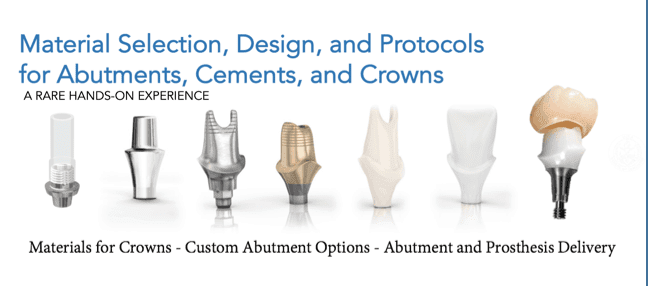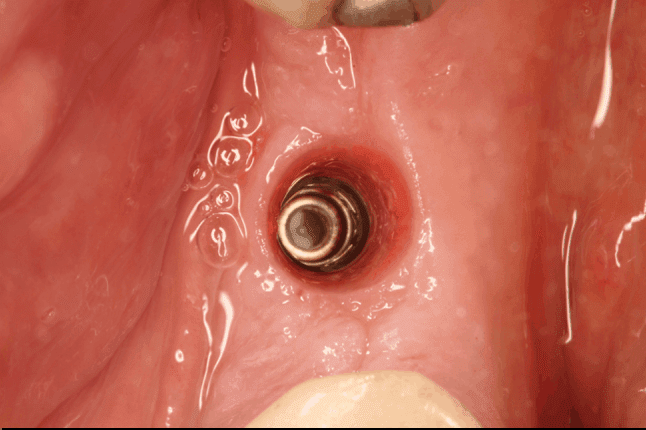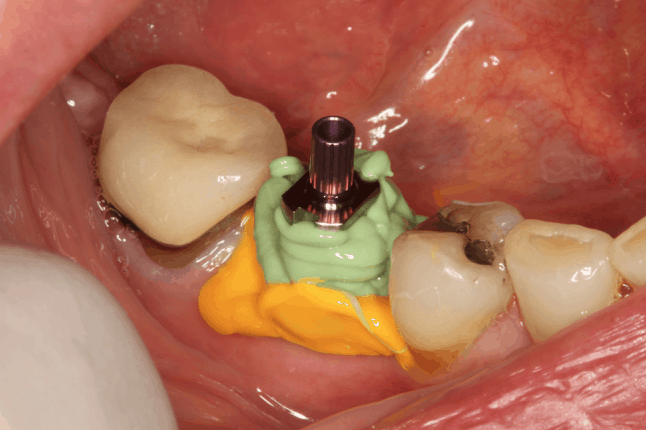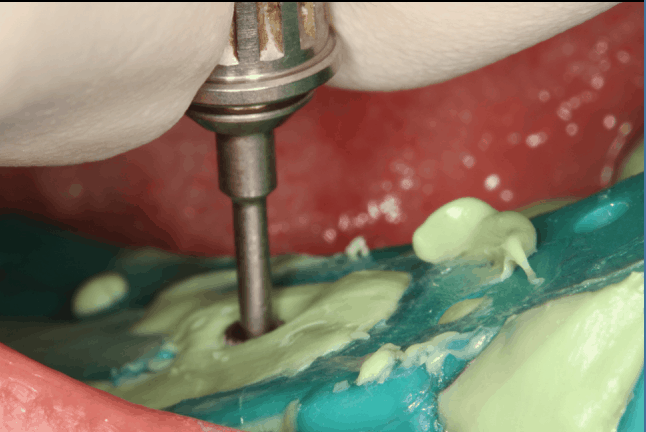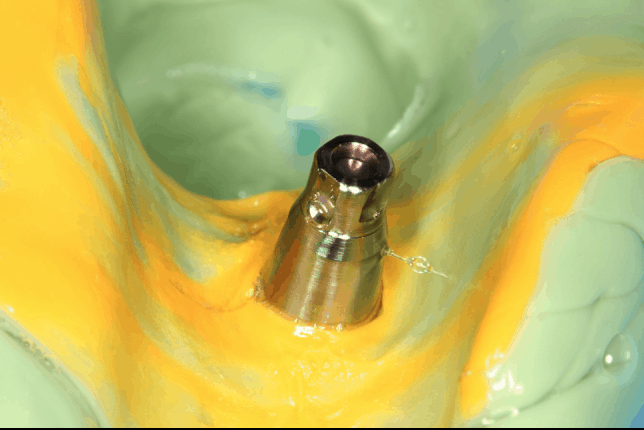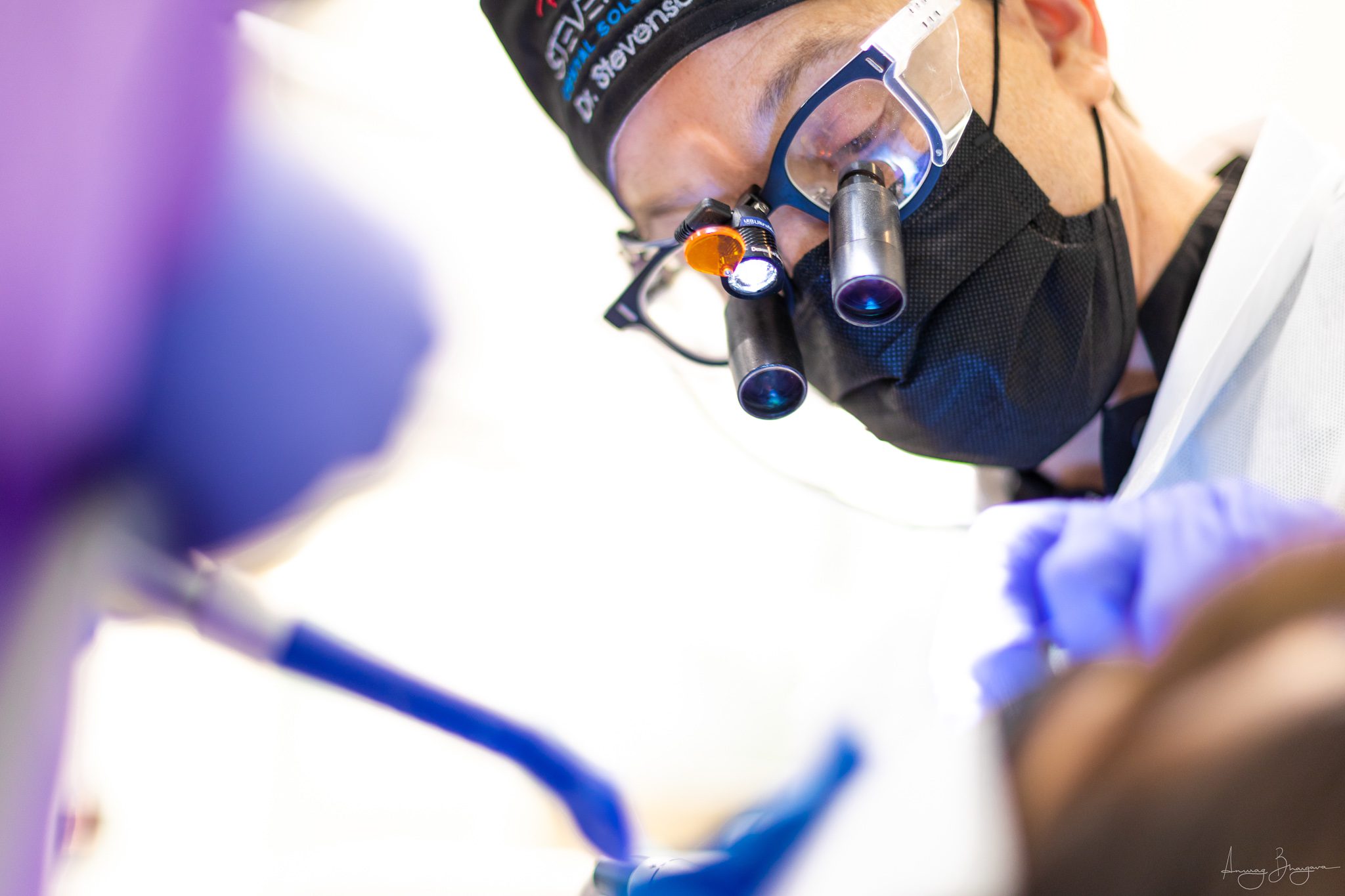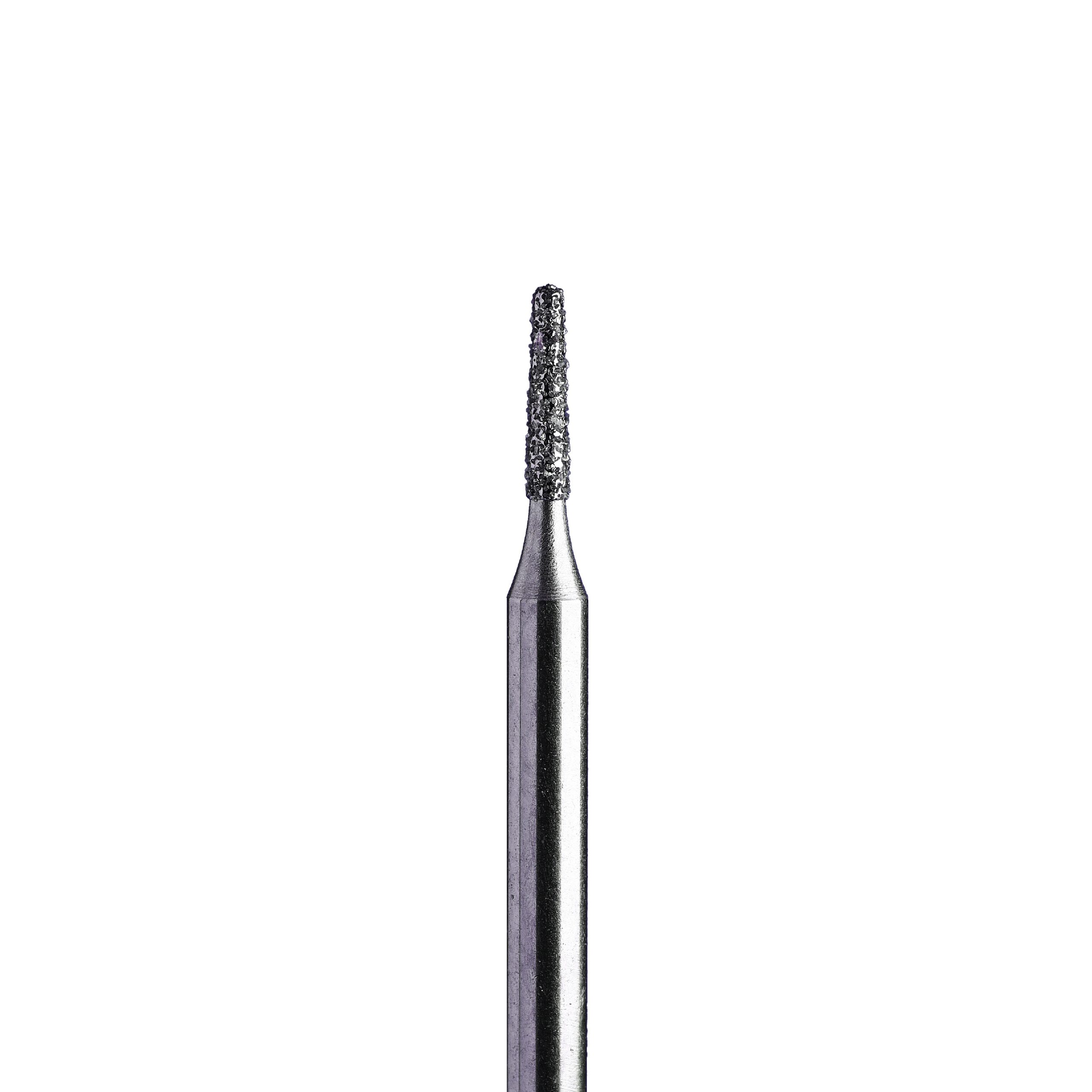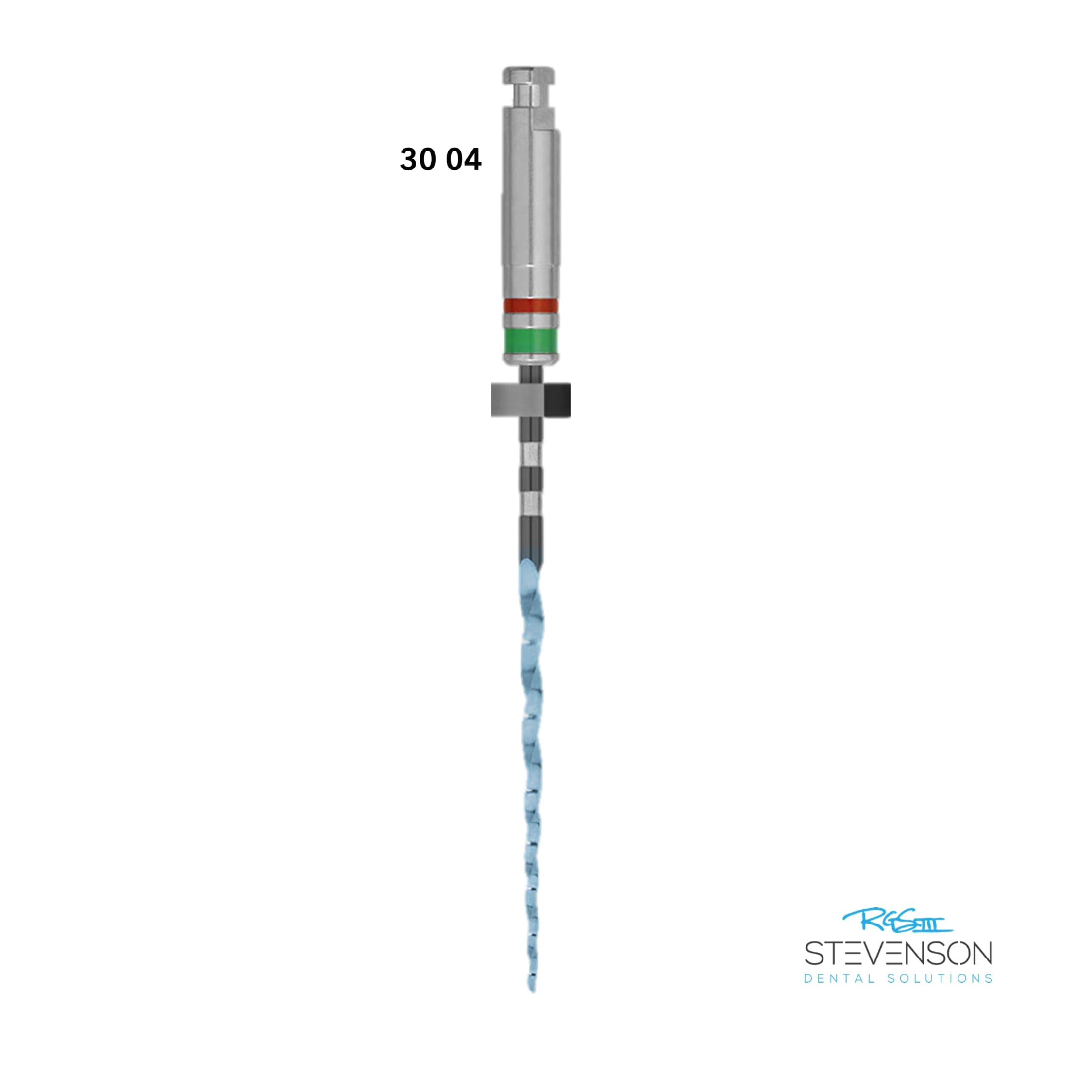Description
Restorative and Implant Surgery Mini-Residency Module VI
Mastering Implant-Restorative Connections: Material Selection, Design, and Protocols for Abutments, Cements, and CrownsDeveloping an Evidenced-based Algorithm for Clinical Decision Making and Execution
A RARE two-day lecture and hands-on experience!
Richard G. Stevenson III, DDS, FAGD, FACD, ABOD
The implant has integrated, and your patient is anxiously awaiting the final prosthesis – what’s next? What materials will you use which give you the desired esthetics and functional durability? Should you use a stock abutment? A custom abutment? Screw retained? Cement Retained? How much torque is required? What implant is that!? Where to get parts? This three-day lecture and hands-on course will include the latest scientific evidence with respect to improving clinical outcomes with your implant restorations. Each participant will experience numerous hands-on techniques for impressioning, torqueing abutments, cementation, and access hole restoration. At the completion of this course, the restorative dentist will gain have significant knowledge and improved clinical skills in the challenging arena of implant restorations.
TOPICS
- Planning the case with the result in mind – an esthetic-restorative protocol
- What material should be used in the anterior and posterior
- Screw vs Cement-retained – when, where, and how?
- Using provisional restorations to predict results
- Impression techniques to minimize problems
- Open tray vs. closed tray impression technique
- Fixture vs abutment level impressions
- Bite registrations for distal extension cases
- Troubleshooting minimal inter-occlusal space issues
- Delivering abutments
- Using torque wrenches
- Delivering screw and cement-retained restorations
- Identifying unknown implants and ordering the correct parts
- Rescuing implants
- Implant-retained fixed dental prostheses
- Filling the access hole with an invisible restoration
- Implant occlusion – what MUST you know
- Adjustment and polishing
- Making an esthetic prototype in your office
- Esthetic (gingival contour preserving) impression techniques
- Managing the loose implant crown
- The hemi-engaging abutment bridge
LEARNING OBJECTIVES
- How to select the ideal abutment for each situation
- Understand the importance of connection design and restoration stability
- Be able to fabricate a temporary crown for an immediate implant
- Know the steps for capturing both simple and multiple implant impressions with both closed and open tray impression copings
- Know which crown materials to use in different situations
- Learn the critical steps required for screw and cement-retained crown delivery
- Be able to demonstrate the techniques for locator conversion

